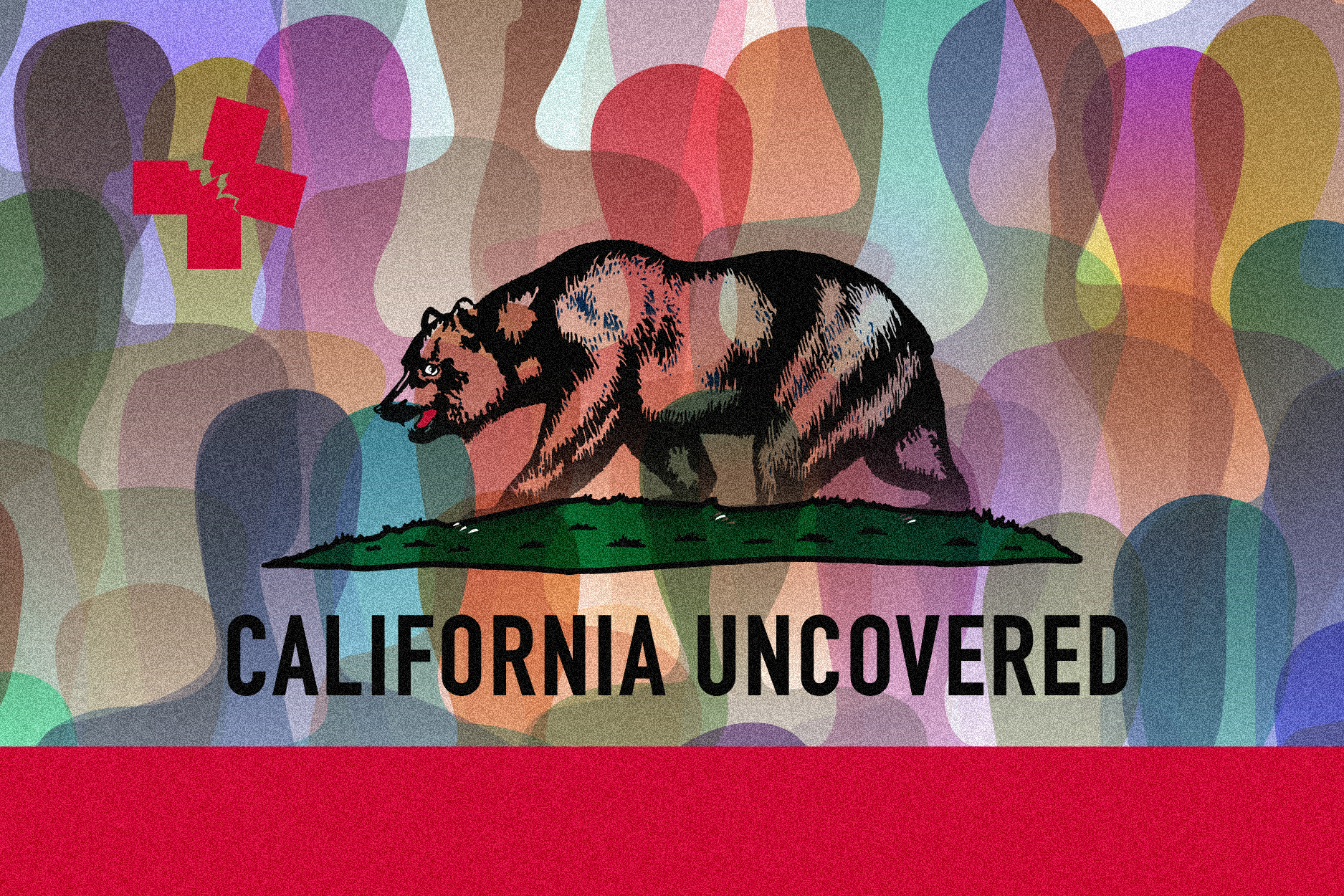Every year brings its own unique challenges for California farmers: water shortages, fires, finding laborers to do the work, bureaucrats in Sacramento adding new requirements and fees, and more. But the second term of President Donald Trump has made this year very different.
As part of deep cuts across much of the government, the administration of President Donald Trump chopped $1 billion from the U.S. Department of Agriculture almost without warning. This led to widespread financial pain that affected already struggling farmers and left hungry patrons of food banks in many parts of the country desperate for other sources of healthy food.
On Feb. 28, California officials warned farmers who had grown food for schools and food banks that there was funding only for work done up to Jan. 19, despite the fact that farmers had submitted invoices for work and harvests past that date.
California farmers quickly organized a phone call and email campaign over the span of seven days in early March to demand the attention of elected representatives and answers from federal officials. By March 7, their efforts were successful: They would receive pay for the fall and for harvests for the rest of this year. But their success was overshadowed by news that the program would stop at the end of 2025.
For Bryce Loewen, a farmer who co-owns Blossom Bluff Orchards in Fresno County, the first freeze in funding meant that the USDA failed to hand over more than $30,000 that it owed the business for growing food to help feed Californians who could not afford it.
There isn’t really a good time to get stiffed for your work. But during winter, the slowest season on the farm, there’s downtime, and California farmers like Loewen recently used that lull to fight to regain the money farmers were owed and help feed some of their most vulnerable neighbors.
“A farmer’s instinct is to fix things,” Loewen said. “And that’s what we did.”
Loewen’s farm is in the small town of Parlier, California, which has a declining population of less than 15,000. On March 1, Loewen picked up the phone to call federal officials to change their minds about the funding cut. Farming is a business of slim margins, and Loewen was trying to keep his farm from falling into debt, he said.
Loewen was just one of many farmers in California and around the country who called and emailed officials that day. They asked why they hadn’t been paid, and they described the economic benefit of the USDA funds to small farms and public health services and to agencies that feed people in their own communities who are struggling.
Loewen left messages and wrote emails to Rep. Jim Costa (D-Fresno); Brooke Rollins, the Secretary of Agriculture; and Senate Minority Leader Chuck Schumer, a Democrat from New York. Other farmers also contacted Rollins, their local representatives, Congressional and Senate leadership on both sides of the political aisle.
California’s vast Central Valley supplies a quarter of all food to the United States.
The impromptu campaign was somewhat successful. Six days later, the USDA agreed to pay farmers for their fall harvest and contracts for 2025, but not beyond.
The USDA did not respond to calls and emails from Capital & Main about why the cuts were made or why they were restored. Neither the USDA nor Rollins have publicly acknowledged hearing from farmers about the cuts.
In securing payments for slightly more than nine additional months, the farmers’ relative success might offer lessons for other groups targeted by government cuts as they seek to claw back some resources for crucial programs.
California may be world famous for its beaches, Hollywood and Big Tech, but many people don’t realize that the state’s vast Central Valley supplies a quarter of all food to the United States. In the Golden State, agriculture is the backbone of many local economies, from the state’s southern frontier with Mexico all the way to its northern border with Oregon. This is especially true in the state’s agricultural heartland.
Yet many residents who live in what dust-bowl musician Woody Guthrie once referred to as the “Pastures of Plenty” cannot afford the fresh, locally grown food that surrounds them in the region’s villages and towns. The Healthy Fresno County Community Dashboard, which publishes local health information, reported that 16% of the county’s 1 million residents in 2022 were considered “food insecure.” Those rates were higher for the county’s Black and Hispanic residents in comparison to their white peers.
Since 2006, the USDA has used the term “food insecurity” to describe the status that leads to weakness, illness and harm to families who lack stable access to food. It disproportionately affects lower-income groups in the state. Food insecurity includes the inability to afford a balanced diet, fear that a home’s food supply won’t last or having to eat less because one can’t afford to buy more food. An insecure food supply causes physical pangs of hunger in adults, as well as stress and depression, particularly in mothers. Limited food intake affects brain development in children, prompting stress among preschoolers and affecting a student’s ability to learn basic subjects such as math and writing.
In California, nine of 20 adults with low incomes reported “limited, uncertain or inconsistent” access to food in 2023, according to a California Health Interview Survey.
Loewen’s farm helps feed some struggling Californians with the help of money through a $400 million federal program called the Local Food Purchase Assistance Cooperative Agreement Program. The California Department of Social Services distributes the funds across the state through a program called Farms Together.
Farmers weren’t the only ones to feel the pain of the USDA cuts between late February and March 11, said Paul Towers, executive director of Community Alliance With Family Farmers. His organization helps distribute food from small farms to food banks and school districts. During a two-week period, food banks did not receive any such food, which left people who rely on that food aid to scramble for something to eat.
“That’s two weeks of lost income” for farmers, Towers said. “And two weeks of no food.”
Nationwide, 18 million Americans were food insecure in 2023. Most of those people live in rural counties.
Farmers learned from a Feb. 28 email from the California Department of Social Services that the USDA was late in paying for the fall’s harvest. The short message noted that the state was able to pay only for work done up to Jan. 19, which was the last day of Joe Biden’s presidency. The calling and email campaign began the next day.
Within six days, California farmers discovered that the USDA wasn’t simply late with the fall payment. The federal agency also planned to end the local food program altogether before the start of 2026.
In a March 7 letter to the California Department of Social Services obtained by Capital & Main, USDA Agricultural Marketing Service Deputy Administrator Jack Tuckwiller said that “termination of the award is appropriate.” (The USDA ultimately honored invoices for the fall.) There was no explanation about how the decision was made.
But the farmers’ limited victory was overshadowed by concerns about the large threats to public health and local economies when such programs end for good at the end of the year.
Nationwide, 18 million Americans were food insecure in 2023, according to the USDA. Most of those people live in rural counties such as Fresno County, according to Feeding America, a national network of food banks and pantries.
By March 10, news of the cuts was spreading. The online agriculture and food policy news outlet Agri-Pulse warned in a headline: “Trump administration cancelling local food initiatives.”
On March 11, Fox News highlighted the cuts to farmers — who voted disproportionately in favor of Trump during his presidential campaigns — in a live interview with Rollins.
“America’s Newsroom” anchor Bill Hemmer asked Rollins to justify the $1 billion cuts in food security aid to schools and food banks. Rollins offered conflicting responses.
The cuts were to pandemic-era food programs and were aimed at new and nonessential programs, she said.
Rollins said the program’s cost had grown but didn’t offer any evidence to back that up. The initial iteration of the local food purchasing assistance, the Farmers to Families Food Box Program, was a multibillion dollar pandemic food aid project started during Trump’s first term. But Rollins didn’t share that detail.
Speaking of other cuts made the day before the interview, she added that authorities had canceled “more contracts on food justice for trans people in New York and San Francisco; obviously that’s different than the food programs in the schools, but it is really important.”
The local food purchase agreement didn’t, and still doesn’t favor food aid or food justice to trans people. It pays for farmers to grow food that goes to food banks and school districts.
Rollins didn’t acknowledge that the cuts were overzealous or the harm that they might cause. “As we have always said, if we are making mistakes, we will own those mistakes, and we will reconfigure, but right now, from what we are viewing, [the local food purchase assistance] program was nonessential … it was a new program, and it was an effort by the Left to continue spending taxpayer dollars that [was] not necessary,” Rollins told Fox News.
On March 11, the Community Alliance With Family Farmers posted on its blog: “The reinstatement of Farms Together is a victory worth celebrating. Through collective action, the voices of farmers and allies were heard, but the fight isn’t over. Farms Together IS restored — though only temporarily.”
“Our intent,” Towers said, “was to make sure Secretary Rollins heard directly from farmers that they were harmed by the cuts to these programs.”
Copyright 2025 Capital & Main
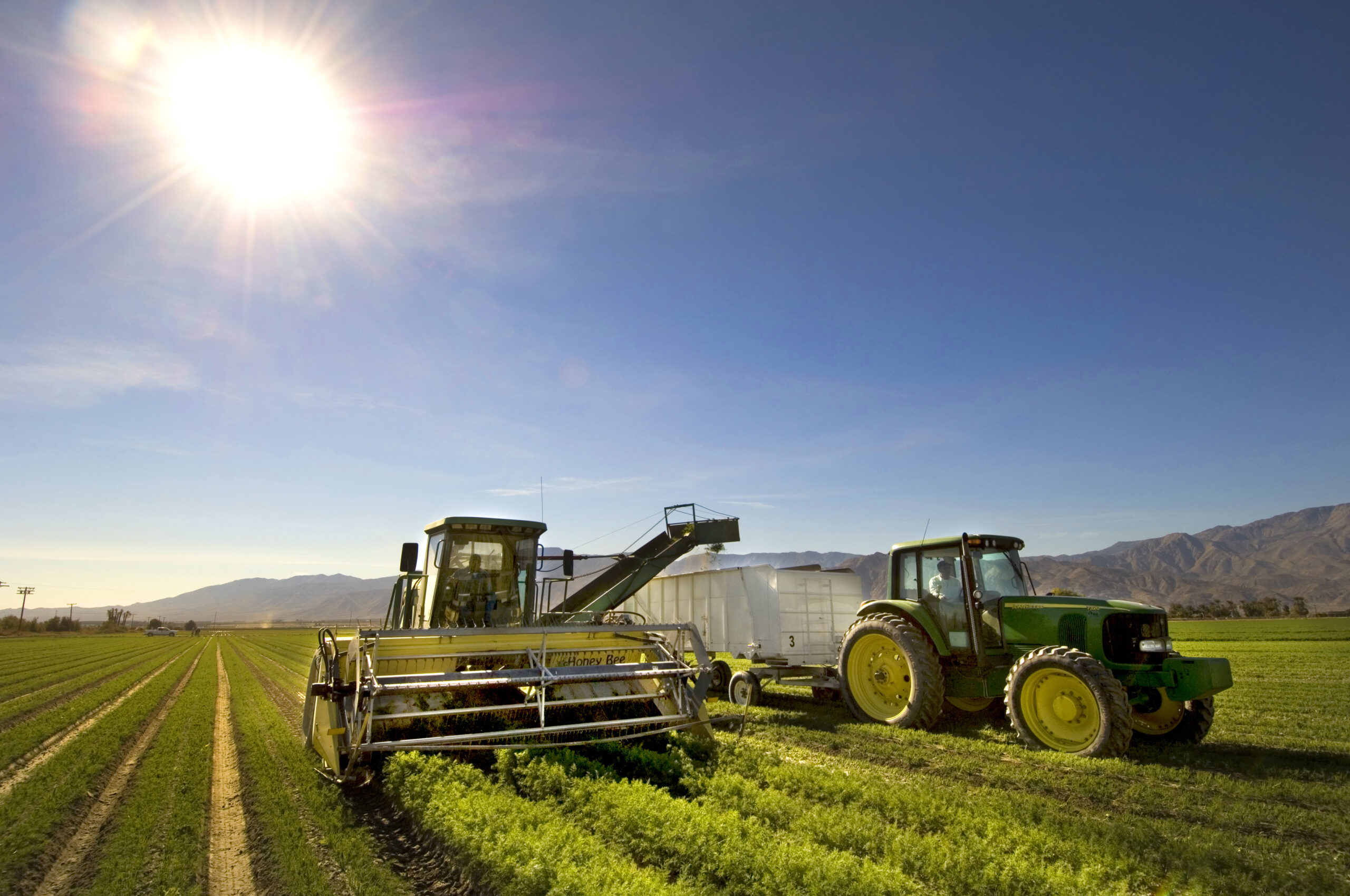

 Latest NewsNovember 19, 2025
Latest NewsNovember 19, 2025
 Latest NewsNovember 18, 2025
Latest NewsNovember 18, 2025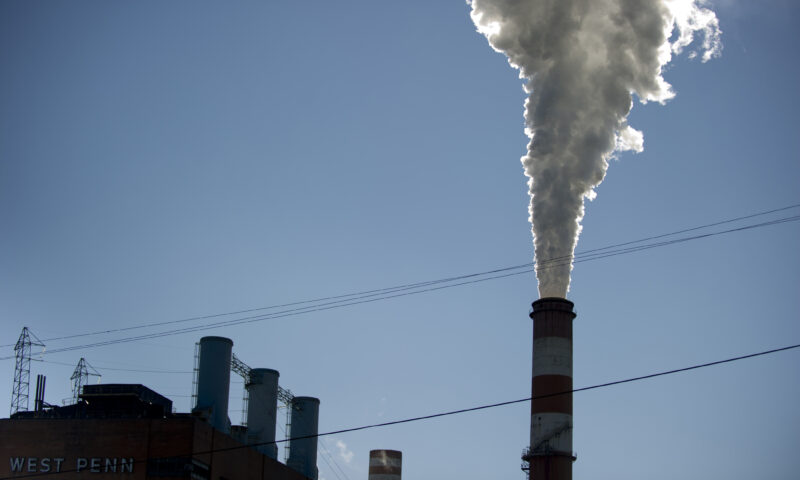
 The SlickNovember 18, 2025
The SlickNovember 18, 2025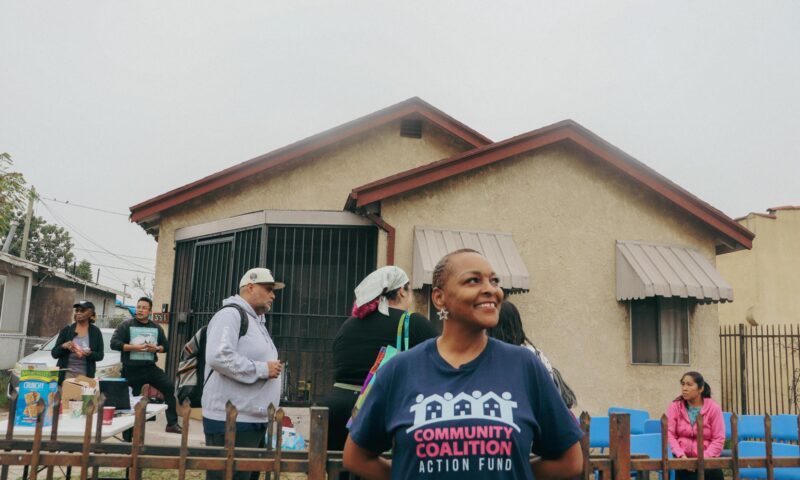
 Latest NewsNovember 17, 2025
Latest NewsNovember 17, 2025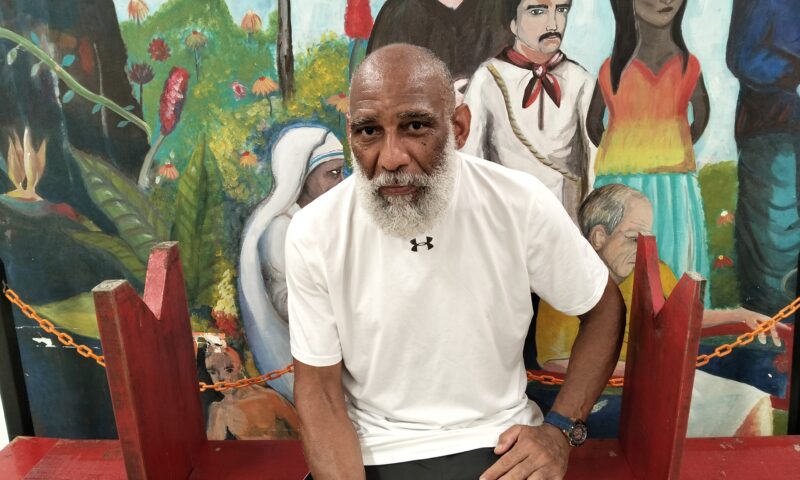
 StrandedNovember 25, 2025
StrandedNovember 25, 2025
 Column - State of InequalityNovember 21, 2025
Column - State of InequalityNovember 21, 2025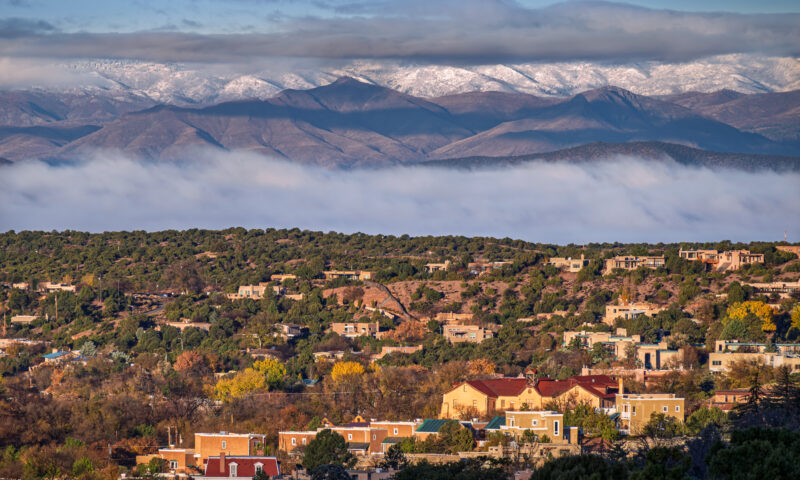
 Column - State of InequalityNovember 28, 2025
Column - State of InequalityNovember 28, 2025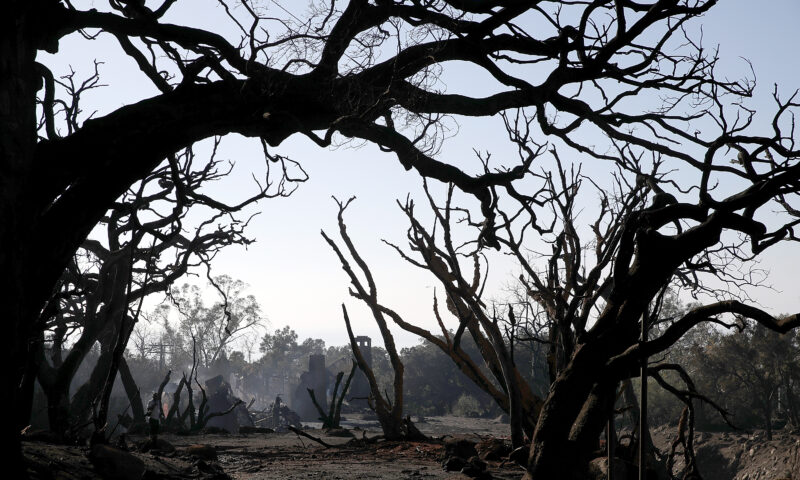
 The SlickNovember 24, 2025
The SlickNovember 24, 2025

